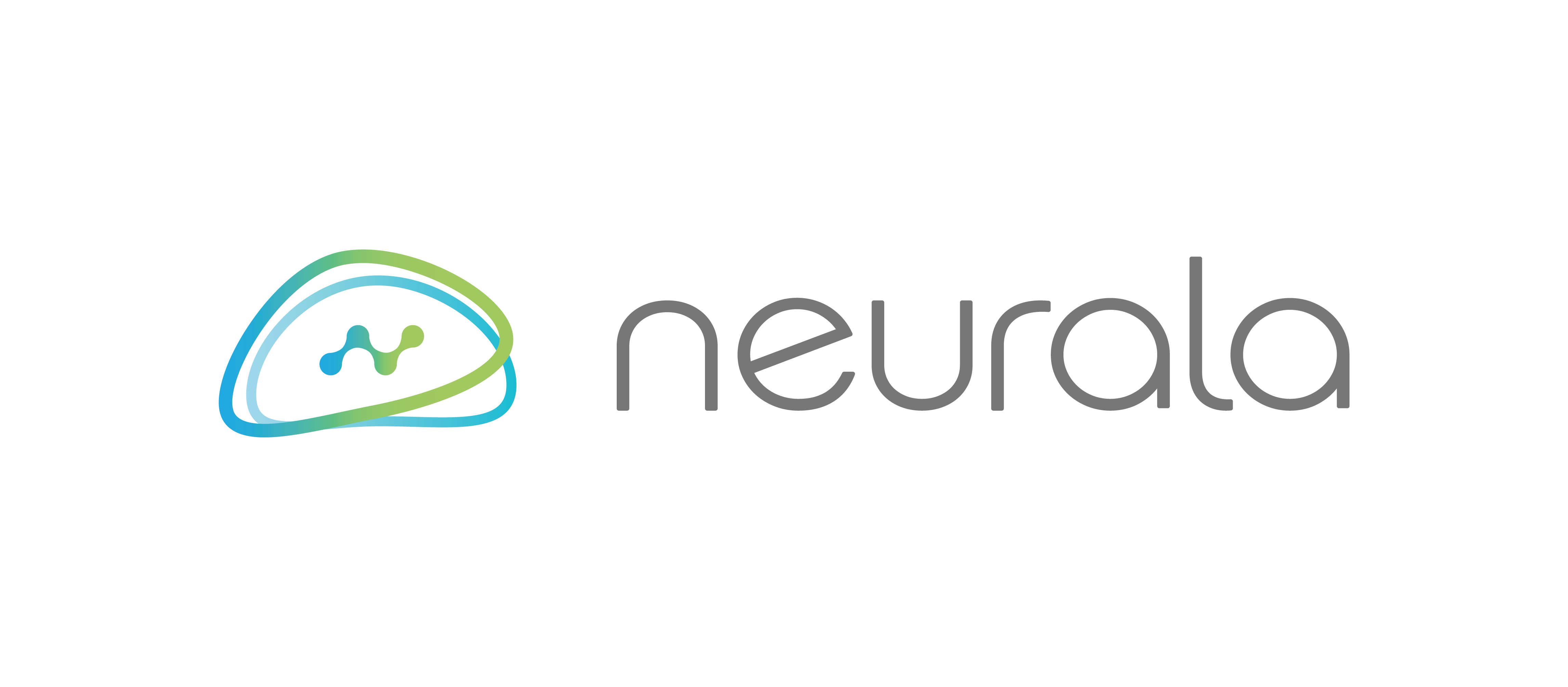Brain Builder: Accelerating AI development
Traditional approaches to developing vision-AI are challenging for most organizations. Why?
- They require large amounts of data that needs to be painstakingly and expensively annotated.
- They require access to experts in their field with real-world experience to design and train the right type of model.
- Traditional AI frequently doesn’t work satisfactorily at the first time of asking, so you’re forced to repeat much of the process.
- The integration process of AI can also cause a decline performance—leading to another phase of re-work.
The result? Most organizations don’t have the data, the time, the expertise or the money to build a production-ready AI solution that delivers value.
It’s time to change how vision AI gets built.
Today, hundreds of organizations are beginning to leverage smart annotation tools to reduce the time and effort usually expended to label data in preparation for training a neural network.
Automating Workflows & Project Management
There are many open source tools available for little or no cost to begin preparing AI datasets. While these tools may be feature rich, they’re frequently accompanied by a steep learning curve or a need to add code to support specific project labeling needs. Look for a platform with an intuitive interface that will allow users to start labeling in minutes – no coding required.
By removing the usability barrier to entry, your potential labeling resource pool just got bigger which means you’re able to annotate more, get your projects off the ground faster, and ensure your team contributes effectively.
But having larger project teams often means more to manage and report: Who’s working on what, what’s the status, how balanced is our dataset, where are we falling short? In many cases, these questions are answered by managing projects manually in spreadsheets with communication and policies documented via email. As our team spends every day working on disparate client projects, it’s critical for us to have insight both holistically into team productivity but also on a project basis.
AI-Assisted Video Annotation
Video annotation has traditionally been one of the most cumbersome – and most important – aspects of developing AI. Frame-by-frame annotation is slow and often feels redundant, since sequential frames have few differences. By adding Lifelong AI technology, video annotation can automatically annotate objects after the user labels just one frame. What does that mean for time saved? Annotate 1 hour of video and save 1,500 hours in manual annotation time. Individual labels persist, even if there are multiple instances of different classes. Letting your data taggers labor over frame after frame using traditional systems increases the risk of error and creates user fatigue. By making your team more efficient, you’ll also increase their accuracy.
Automating Data Formatting for TensorFlow and Caffe
With a dataset successfully annotated, the next step in the process typically involves designing or choosing a model and then writing code to transform your annotated data into a format that can be consumed by TensorFlow or Caffe – a process that can take hours. Look for a solution that allows you to export in just a few mouse clicks.
Of course, if you’d still like to perform some manipulation of the code, outputting to JSON will allow you to leverage other open or proprietary frameworks.
Rapid Prototyping
Unsure of your organization’s readiness to deploy an AI strategy? Building out and tagging your dataset can help you rapidly protype your solution. Identify any holes in your data, test your export to ensure you’ve chosen the correct export format, and develop a classification system and data hygiene policy that will set your team up for success. Data is the foundation of building a successful AI, so it’s time to get started.
Interested in giving Brain Builder a try? Sign up here.
